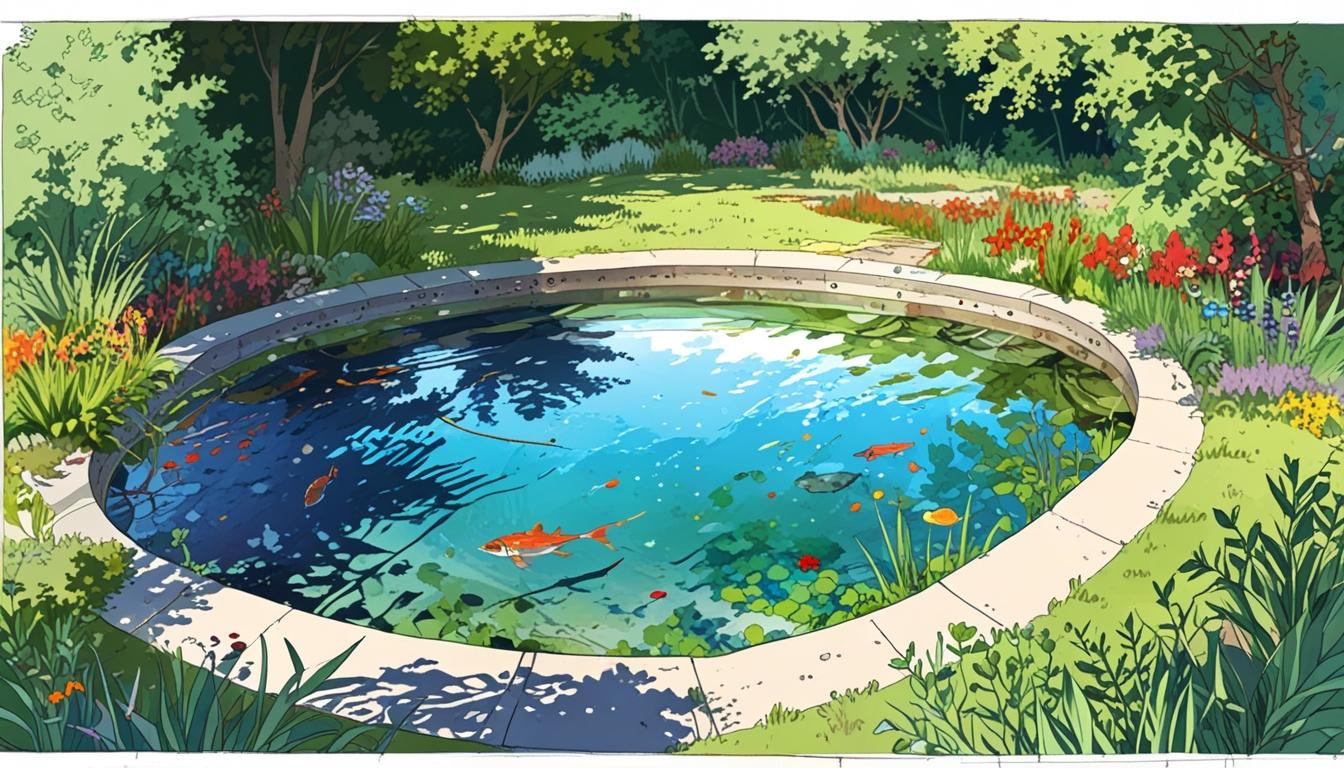In an intriguing development in Norfolk, ancient landscapes from the ice age are undergoing a remarkable resurgence. As the last ice age came to a close, large sheets of ice retreated, leaving behind unique geological formations known as pingos. These mounds of ice, which remained buried beneath the earth, eventually thawed, causing the surrounding soil to slump and create shallow depressions that collected water.
As a result, Breckland in Norfolk became dotted with hundreds of these pingo pools, which evolved into swampy wetland habitats rich in biodiversity. However, many of these prime ecological sites were filled in to make way for farmland, leading to a significant loss of their unique environments.
Recent advancements in mapping technology have allowed for the identification and rediscovery of some of these buried pingos. The restoration process involves carefully excavating these ancient formations, enabling them to transform back into pools that naturally refill with groundwater. Remarkably, despite remaining concealed under fields for extensive periods, these dormant pools can rejuvenate themselves, thanks to historical seeds that have been preserved within the sediments of what are referred to as “ghost ponds.”
The seeds of various ancient aquatic plants have shown the ability to germinate once again, including rare species such as fen pondweed, various-leaved pondweed, and lesser bearded stonewort. As these plants quickly recolonise the revitalised pingos, they help to attract an array of wildlife. Enthusiasts note that the restored habitats are drawing in a diverse range of species, including 50 varieties of water beetles, as well as amphibians and reptiles like common frogs, toads, and the great crested newt.
This initiative highlights a fascinating interplay between technology and ecology as Norfolk’s rich prehistoric environments are brought back to life, revealing the intricate ties between past and present ecosystems.
Source: Noah Wire Services
